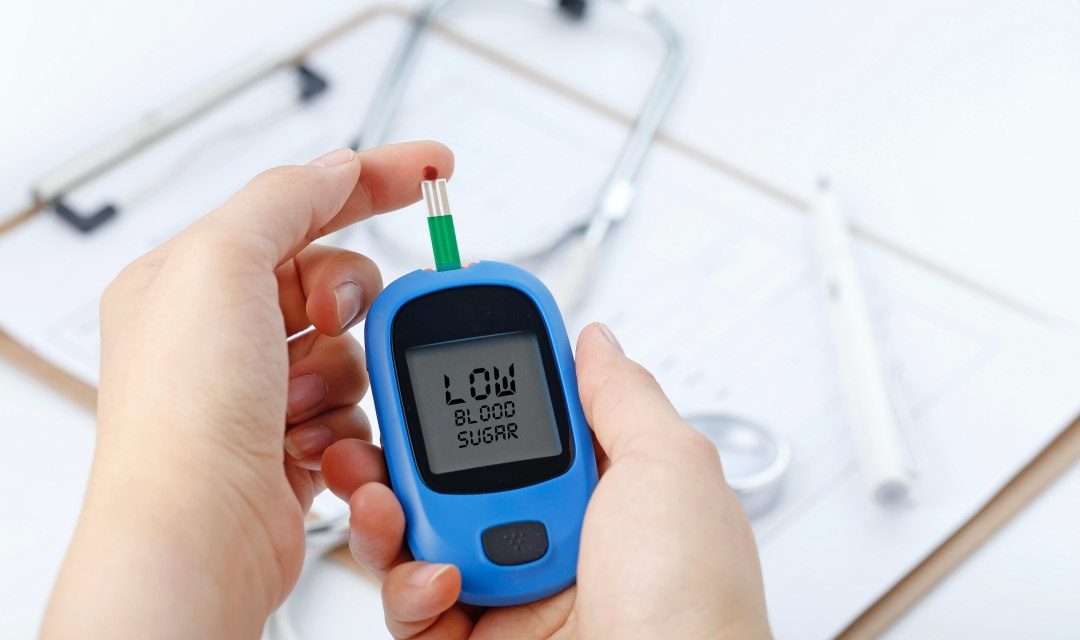Hypoglycemia, or low blood sugar, can occur in people with diabetes who take insulin or other medications to lower blood sugar. In case of hypoglycemia, it is important to provide first aid to stabilize the person. Here are some steps you can take:
Recognize the symptoms: Symptoms of hypoglycemia may include tremors, weakness, dizziness, sweating, rapid pulse, headache, mood changes, hunger, confusion, or loss of consciousness. If you notice these symptoms in a person with diabetes, consider the possibility of hypoglycemia.
Provide a quick source of sugar: Give the person a quick source of sugar to raise their blood sugar. This can be 15-20 grams of fast growing sugar such as powdered sugar, sweetened juice, glucose gel or glucose tablets. Avoid foods high in fat as they can slow down the absorption of sugar.
Monitor the reaction: After providing the fast-rising sugar, monitor the person’s reaction. Symptoms should improve within a few minutes. If the condition does not improve or worsens, seek immediate medical attention.
Provide a meal: When symptoms improve, ensure that the person consumes a meal that combines carbohydrates and protein to stabilize blood sugar levels and prevent further hypoglycemia.
Contact 911: If the person is unable to swallow, loses consciousness, or if symptoms do not improve after giving rapid-rising sugar, call 911 immediately.
It is important to educate yourself about first aid for hypoglycemia if you are around a person with diabetes. If you are not sure what to do or if the situation worsens, always seek professional medical help.



0 Comments